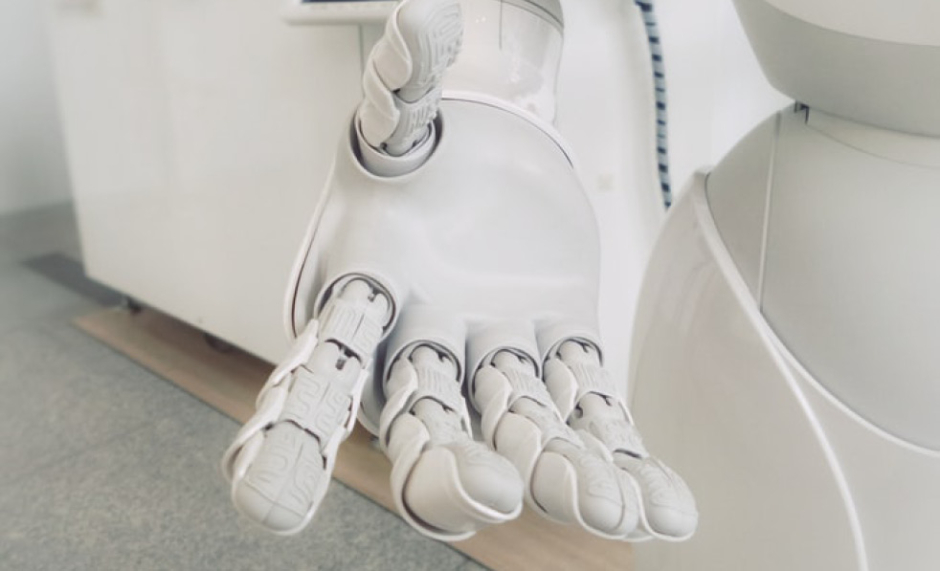A NEW STUDY conducted at the Ecole Polytechnique Fédérale de Lausanne (EPFL), Lausanne, Switzerland, showcases the importance of interdisciplinary research. Scientists have tested a new neuroprosthetic technology that combines robotic control and the user’s voluntary control. The successful integration presents exciting prospects in the new interdisciplinary field of shared control for neuroprosthetic technologies.
At the EPFL, scientist have developed new approaches for improved control of robotic hands, particularly for amputees, that combines individual finger control and automation resulting in improved grasping and manipulation. The technology incorporates concepts from two different fields, neuroengineering and robotics, and was successfully tested on three amputees and seven healthy subjects. For this, the neuroengineering concept of deciphering intended finger movement from muscular activity on the amputee’s stump is combined with a technology that enables the robotic hand to help take and maintain hold of objects.
Aude Billiard, head of EPFL Learning Algorithms and System Laboratory, explains that if a handheld object slips, there is only a couple of milliseconds to react. He also notes that this is accounted for within the new technology and that “the robotic hand has the ability to react within 400 milliseconds. Equipped with pressure sensors all along the fingers, it can react and stabilize the object before the brain can actually perceive that the object is slipping.”
These advances are possible as a result of the merging of the aforementioned concepts which have contributed to the emerging field of shared control in neurprosthetics. The amputee must first perform various hand movements to train the built-in algorithm to decode the user’s intention through sensors on the amputee’s stump which detect muscular activity. The algorithm then learns what movement corresponds with which pattern of muscular activity and can then be used to control individual fingers on the prosthetic hand. Furthermore, the robotic automation algorithm implemented allows the prosthetic hand to close its fingers when sensors detect an object on the surface of the hand.
Implementing the two concepts together is novel within robotic hand control. Yet despite the advances, challenges regarding the algorithm remain before the new technology can be implemented in a commercially available prosthetic for amputees. However, Prof Minceralthis, EPFL’s Bertarelli Foundation Chair in Translational Neuroengineering, concludes that the “shared approach to control robotic hands could be used in several neuroprosthetic applications such as bionic hand prostheses and brain-to-machine interfaces, increasing the clinical impact and usability of these devices”.








